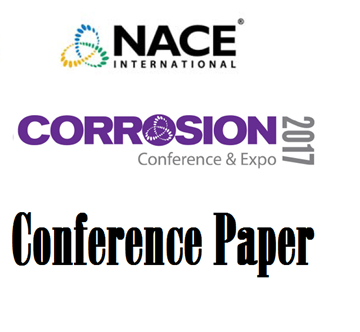Search
Crevice Crrosion of Copper as an Engineering Barrier of High-level Radioactive Waste Containers
Also Purchased
Corrosion Resistance of the Super-Austenitic Stainless Steel UNS S31266 for Geothermal Applications
Product Number:
51317--8825-SG
ISBN:
8825 2017 CP
Publication Date:
2017
$20.00
Corrosion of Ni-Based Alloys and Stainless Steels in Molten Fluoride Salts for Gen IV Reactors
Product Number:
51317--9132-SG
ISBN:
9132 2017 CP
Publication Date:
2017
$20.00
Corrosion of Copper in Anoxic Groundwater Inoculated with Sulfate Reducing Bacteria and Methanogens
Product Number:
51317--9355-SG
ISBN:
9355 2017 CP
Publication Date:
2017
$20.00




